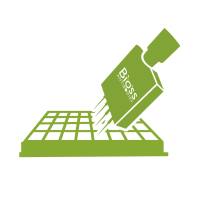Stepwise Differentiation from Nave State Pluripotent Stem Cells to Functional Primordial Germ Cells Through an Epiblast-Like State
互联网
互联网
相关产品推荐

hydroxyethylamine transition-state inhibitor 1,Moligand™,阿拉丁
¥3999.90

Zika virus (ZIKV) (strain Zika SPH2016) ZIKV-E (Stem/anchor domain of flavivirus envelope glycoprotein E) protein (Fc Tag)
¥4520

Recombinant-Human-Germ-cell-specific-gene-1-like-proteinGSG1LGerm cell-specific gene 1-like protein; GSG1-like protein
¥11718

MKN45人低分化胃癌细胞|MKN45细胞(Human Poorly Differentiated Gastric Cancer Cells)
¥1500

Human Arsenic, 3-Oxidation State Methyltransferase (AS3MT) ELISA Kit(BSKH62317)-96T
¥4400
相关问答

